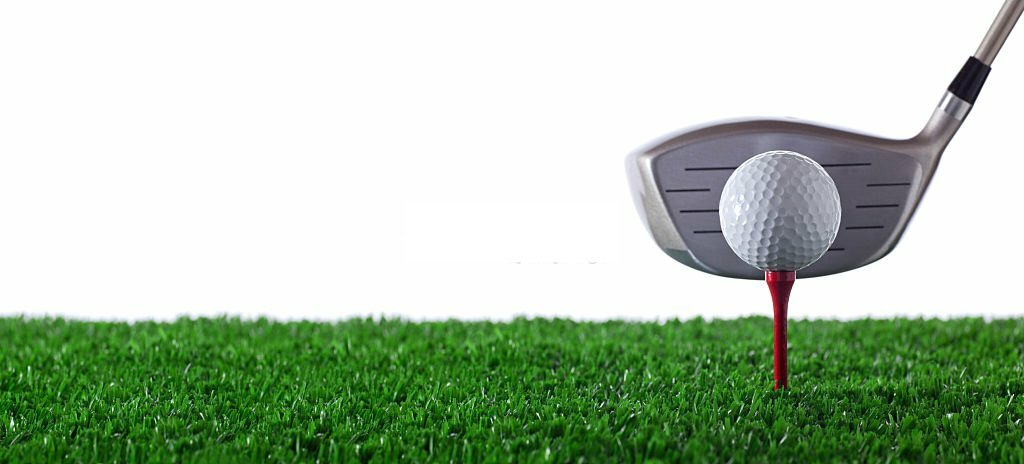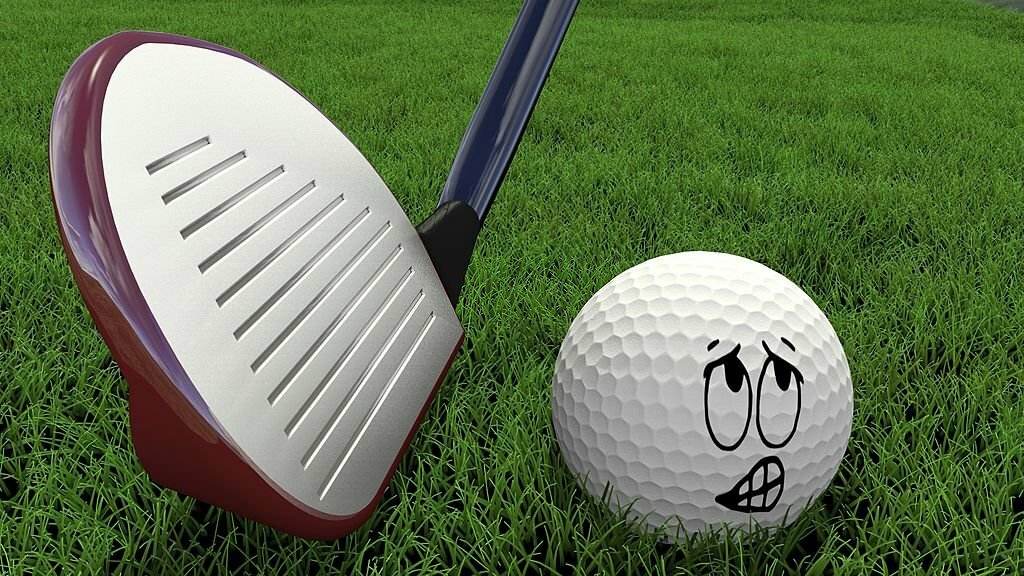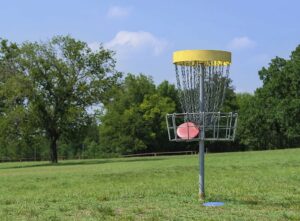Are you a right-handed golfer looking to improve your swing? Look no further! In this blog post, we’ll walk you through the key steps to mastering the art of a perfect right-handed golf swing. From grip and stance to backswing and follow-through, we’ve got you covered. So grab your clubs and let’s dive in!
Grip
The grip is a fundamental aspect of a right-handed golf swing. To achieve optimal control and power, it’s important to find the grip that works best for you. Place your hands on the club with your left hand (for right-handed players) sitting comfortably at the top of the handle, while your right hand positions itself just below it. Maintaining a firm grip will ensure stability and enable you to execute smooth backswings and powerful forward swings.
Choosing the Right Grip
Understanding different grip options is crucial when it comes to mastering your right-handed golf swing. Assessing your hand size and flexibility will help determine which grip suits you best. Seeking professional advice on grip selection can provide valuable insight and guidance.
- Overlapping Grip
- Interlocking Grip
- Ten-finger or Baseball Grip
Proper Hand Placement
Positioning your lead hand correctly on the club is crucial for a successful golf swing. Place your lead hand so that the V between your thumb and index finger points towards your trail shoulder, ensuring a solid grip and control over the club. Aligning this V properly sets you up for a powerful backswing.
To complement your lead hand, place your trail hand on the club in a relaxed but supportive manner. Ensure that it doesn’t overpower or dominate the grip of your lead hand. Finding the right balance between both hands will improve stability and accuracy throughout your swing.
Remember, proper hand placement is key to mastering your right-handed golf swing. Take time to position each hand correctly on the club, aligning their Vs appropriately, and allowing them to work together harmoniously for consistent performance on every shot.

Maintaining a Firm Grip
1. To maintain a firm grip, it’s important to avoid excessive tension in your hands. Relax your fingers and let them wrap naturally around the club, allowing for a fluid swing without unnecessary strain.
2. Finding the right balance of firmness and flexibility is key for a strong grip. Maintain enough pressure to securely hold the club throughout your backswing and downswing, but also allow some flexibility in your wrists to generate power and control.
3. Consistency in gripping techniques can greatly improve your golf game. Practice different grips, such as interlocking or overlapping, to find which one feels most comfortable and provides optimal control over the club throughout each shot.
Stance and Alignment
1. Aligning your body properly is crucial for a successful right-handed golf swing. Position your feet shoulder-width apart, parallel to the target line, and point them slightly outward. Keep your knees flexed and maintain a straight posture with your shoulders relaxed.
2. To ensure an effective swing, position yourself in the middle of the stance with equal weight distribution on both feet. Align your clubface perpendicular to the target line while keeping it square throughout the swing motion. Focus on maintaining proper alignment throughout your entire body from head to toe.
Setting Up Properly
Grip the club with a relaxed yet firm hold, allowing for flexibility and control throughout your swing. Position your feet shoulder-width apart to ensure stability and balance. Maintain a straight and balanced posture to optimize power and accuracy in your swing.
Aligning Your Body
Alignment of the shoulders towards the target is crucial for a proper golf swing. By ensuring that your shoulders are parallel to the intended destination, you create a solid foundation for an accurate shot.
To maintain proper alignment, it is essential to keep your hips parallel to the target line. This not only helps with stability but also allows for better rotation and power generation during your swing.
In order to have consistent and successful shots, aligning your eyes with both the ball and intended target is key. Keeping a focused gaze on these points will help improve accuracy and ensure that you are aiming in the right direction.
When it comes to mastering your right-handed golf swing, paying attention to these three areas of body alignment can make all the difference in achieving consistency and precision in each shot.
Feet Positioning
Placing more weight on your front foot for better balance is crucial in achieving a powerful and accurate golf swing. By doing so, you create a stable foundation that allows for optimal weight transfer during the swing, resulting in greater control and distance. Additionally, positioning your rear foot perpendicular to the target line helps promote proper hip rotation and ensures alignment with the intended target. With these two key elements of feet positioning mastered, you’ll be well on your way to improving your right-handed golf swing.
Backswing
Starting the Backswing: To initiate your right-handed golf swing, begin by turning your shoulders away from the target while keeping your arms relaxed and extended. This rotation should generate power and set the foundation for a fluid motion.
Maintaining a Smooth Motion: During the backswing, focus on maintaining a smooth transition between your upper body turn and arm movement. Avoid any jerky or abrupt motions that can hinder your swing’s rhythm. Keep it flowing to achieve maximum effectiveness.
Proper Club Position: As you reach the top of your backswing, ensure that your club is parallel to the ground and pointing towards the target line. This position allows for better control, accuracy, and sets up an optimal downswing sequence.
Starting the Backswing
Grip the club correctly, relax your body, and maintain a balanced stance. Begin by rotating your shoulders and hips to initiate the backswing.
- Grip the club with your fingers
- Relax your muscles
- Keep a stable and centered position
- Rotate shoulders and hips simultaneously
Maintaining a Smooth Motion
Keep your arms straight but relaxed throughout the swing. This will help you maintain control and generate power in your right-handed golf swing. Transfer weight from back foot to front foot smoothly, allowing for a fluid motion that maximizes distance and accuracy. Avoid any jerky or sudden movements that can disrupt the flow of your swing.
- Keep arms straight but relaxed
- Smoothly transfer weight from back to front foot
- Avoid jerky or sudden movements
Proper Club Position
Bring the club back parallel to the ground. This is crucial for a proper club position as it sets the foundation for a consistent and powerful swing. Maintain a consistent angle between wrists and clubshaft throughout your swing. This ensures that you have control over the clubface and promotes accuracy in your shots. Fulfill full shoulder rotation with minimal head movement to generate maximum power and maintain balance throughout your swing.
- Bring the club back parallel to the ground
- Maintain a consistent angle between wrists and clubshaft
- Fulfill full shoulder rotation with minimal head movement

Downswing
Initiating the Downswing: The key to a successful right-handed golf swing lies in the initiation of the downswing. Start by shifting your weight onto your left side while maintaining a relaxed grip on the club. Keep your hands and arms passive as you begin to rotate your hips towards the target, allowing them to lead the movement.
Maintaining Proper Timing: Timing is crucial when it comes to executing a powerful right-handed golf swing. As you initiate the downswing, ensure that there is a slight pause at the top of your backswing before transitioning smoothly into the forward motion. This momentary pause allows for maximum power generation and helps maintain control throughout.
Hitting Through the Ball: To achieve optimal distance and accuracy with every shot, focus on hitting through the ball rather than at it. Maintain good posture and rotation as you make contact with th
Initiating the Downswing
Proper grip and hand positioning are crucial for initiating the downswing. Ensure that your hands are connected to the club with a firm but relaxed grip, allowing for fluid movement throughout the swing. As you start the downswing, focus on rotating your hips to generate power and initiate forward momentum. This rotation will help transfer energy from your lower body to your upper body, resulting in an effective swing. Throughout this process, it’s important to maintain a relaxed and loose grip on the club, as tension can hinder proper technique and control.
Maintaining Proper Timing
Transitioning smoothly from the backswing to the downswing requires careful coordination of your body and club. As you begin the downswing, focus on syncing your arms and body movement for maximum power. This will ensure that your swing is fluid and efficient, allowing you to generate more speed and distance with each shot. To maintain proper timing, use a proper sequencing of movements: start with a slight shift of weight onto your front foot, followed by a rotation of hips and shoulders in sync with the arms coming down. Practice these movements consistently to develop a smooth transition and improve the overall effectiveness of your right-handed golf swing.
Hitting Through the Ball
Keeping your head steady and eyes on the ball is crucial for a successful golf swing. By maintaining focus and concentration, you increase your chances of making solid contact with the ball. Additionally, swinging with a full range of motion and extension through impact allows for maximum power and accuracy. Finally, it’s important to have a controlled follow-through to ensure a smooth finish to your swing. By incorporating these elements into your technique, you can improve your ability to hit through the ball effectively.

Follow-through
is a crucial aspect of a right-handed golf swing. After making contact with the ball, it is important to continue the motion and extend your arms fully. This will help generate power and control, ensuring that the ball travels in the intended direction.
In addition to extending your arms, proper weight transfer is essential for a successful follow-through. Shift your weight onto your front foot as you complete the swing, allowing for better balance and stability throughout the entire motion. By maintaining this balance, you can achieve greater accuracy and distance with each shot.
Finishing Strong
Importance of a full follow-through: A complete and powerful swing requires a full follow-through. By extending your arms fully after impact, you maximize the energy transfer from your body to the club. This extension helps generate more power and distance, ensuring that your swing finishes strong.
Proper hip rotation for power and distance: To optimize your golf swing, focus on proper hip rotation. Engaging your hips in the swing allows you to transfer weight smoothly from backswing to downswing, generating greater power and distance. Remember to rotate your hips with control, using them as a source of strength throughout the entire motion.
Maintaining a relaxed grip at the end of the swing: It’s important to maintain a relaxed grip even as you finish your golf swing. Gripping too tightly can affect accuracy and restrict fluidity in motion. By keeping a loose grip at all times, especially during the final moments of impact, you promote better control over both direction and speed.
These key elements – following through completely, rotating hips for power,and maintaining relaxation in grip – are crucial for finishing strong in each right-handed golf swing. Incorporating these techniques into every practice session will help improve overall performance on the course while enhancing stability,balance,& rhythm.Ending this series with an analysis,you’ll gain further insights into refining & perfectingyour technique
Maintaining Balance
Staying centered and balanced throughout the swing is crucial for a successful right-handed golf swing. Proper weight distribution between your feet helps you maintain stability and control during each phase of the swing. Utilizing core muscles provides additional support, allowing you to stay balanced and generate power.
- Keep your body centered and aligned
- Shift your weight smoothly from back foot to front foot
- Engage your core muscles for stability
Analyzing Your Swing
Recording your swing is a valuable tool for identifying areas of improvement. By reviewing the footage, you can pinpoint any flaws or inconsistencies in your technique that may be hindering your performance. Seeking feedback from a golf instructor or experienced golfer can provide invaluable insight into refining your swing. They can offer guidance and suggestions based on their expertise, helping you to make adjustments and improve. Additionally, using video analysis tools allows for a detailed assessment of crucial aspects such as posture, alignment, and mechanics. This visual feedback enables you to identify specific areas that need attention and work towards correcting them effectively.











